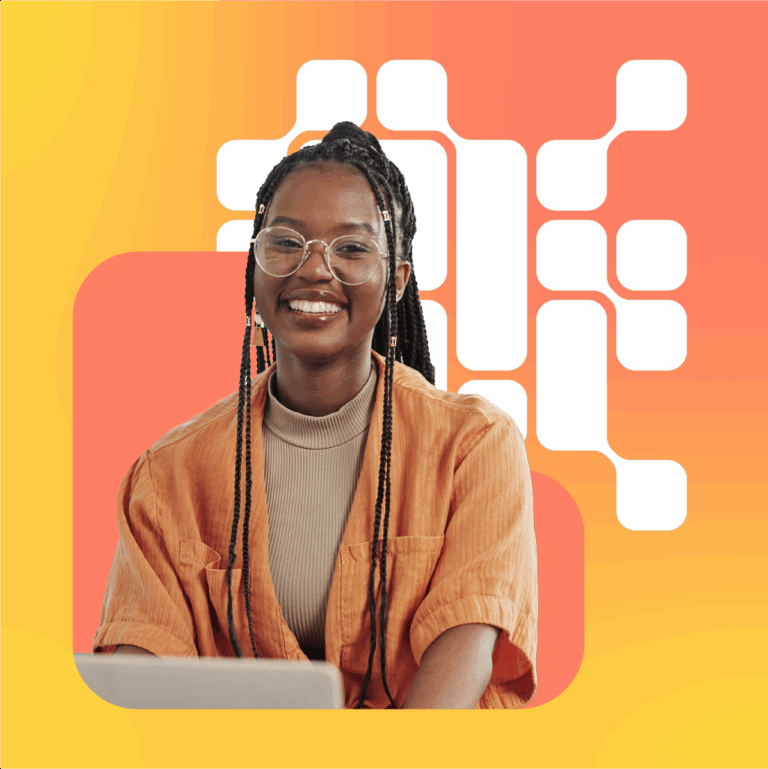
Personalized Training 101: Your Guide to Using AI for Learning
This is part one of a three part series.
This course isn’t Econ 101 or the History of Western Civ, but it is learning. We’re digging into how corporate learning has changed more in the last decade than in the previous few combined and why the syllabus looks nothing like it used to.
Corporate learning has changed more in this decade than it has in the previous few decades combined. And the pace of change accelerates daily. Even just a few months ago, “personalization” in training meant surface-level recommendations from an algorithm that suggests courses based on your department or job title. Helpful, but often generic.
With AI, personalization has finally caught up to its promise. Modern platforms can understand an employee’s current skills, career goals, and even how they like to learn, then adapt in real time as those needs evolve. It’s not just matching people to content anymore. It’s building truly individualized and adaptive learning journeys that grow with them.
Class is officially in session; let’s dive into the first lesson.
Lesson 1: AI-Powered personalization is more efficient.
The shift isn’t just theoretical, it’s already transforming businesses. Companies using AI-powered learning platforms report a 57% jump in training efficiency, with employees completing courses faster, retaining more knowledge, and applying it more effectively on the job.
Personalized training speeds up AI transformation and compliance requirements, fosters behavior change, and ramps up leaders in record time. For leaders, this is a game-changer. Learning is no longer a “nice to have.” It’s a direct lever for performance, agility, and retention in the face of AI.
Lesson 2: The new way to personalize is nothing like the old way.
Here’s how AI redefines personalized learning compared to traditional approaches:
| Traditional Personalized Learning | AI-Powered Personalized Learning |
| Based on static data like role, title, or department | Based on dynamic, real-time data including skills, goals, performance, and context |
| Generic course recommendations with limited updates | Adaptive recommendations that evolve as roles, projects, and business needs shift |
| One-size-fits-all learning paths | Tailored, evolving pathways unique to each individual |
| Emphasis on content delivery | Emphasis on capability-building with feedback, practice, and coaching |
| Periodic adjustments to training programs | Continuous, real-time adaptation to learner needs |
| Focused mostly on formal training courses | Blends formal learning, informal knowledge sharing, and on-the-job experiences |
| Limited support and tracking | Provides guidance like a personal coach, with measurable outcomes |
AI is now woven into nearly every business function–78% of companies report using AI somewhere in their operations, according to McKinsey. Training and development shouldn’t be the exception.
Lesson 3: There are a lot of places you can weave AI into learning strategy.
For this lesson, we’ve brought in our learning strategy expert, Stephen Elrod, SVP of Global Delivery. According to Stephen, the question is no longer if you should adopt AI for learning, but how. Here are small, tangible steps you can start with today:
- Audit your learning stack: Invest in platforms that go beyond content delivery. Look for systems that adapt to individual needs and build capabilities, not just information sharing.
- Pilot AI-driven pathways: Start with one skill area (e.g., compliance, leadership, or digital skills) and test with a small group.
- Integrate learning into workflows: Add micro-learning resources where people already work.
- Raise AI literacy: Run a short workshop to help employees understand AI in learning.
- Protect trust: Establish a clear data and ethics policy so employees know how their information is being used.
- Secure executive sponsorship: Share one business case (like improved retention or reduced training costs) with leaders to get buy-in.
Lesson 4: AI can be the new 24/7 workforce coach.
AI isn’t replacing human learning, it’s enhancing it. It’s giving every employee the equivalent of a personal coach, surfacing opportunities that are timely, relevant, and actionable. And it’s helping organizations scale that level of personalization across the entire workforce.
The takeaway: AI has turned personalized learning from an aspiration into a reality. Companies that embrace it won’t just keep up with change—they’ll lead it.

Homework Assignment for L&D Leaders
What’s a good lesson without a little reflection?
- Choose one high-priority skill area in your organization (e.g., leadership, compliance, or digital skills).
- Map how employees are currently trained in this area eg.what tools, content, and methods are used.
- Identify at least two gaps where personalization could improve outcomes (for example, tailoring by role, adding real-time feedback, or integrating into workflows).
- Draft a one-page plan for how AI could close those gaps.
Bring this back to your next team meeting and share one idea you could pilot in the next 90 days.
Vamos manter contato  .
.
Quero assinar a newsletter mensal que oferece insights exclusivos, anúncio de eventos e novidades sobre as soluções da Degreed.